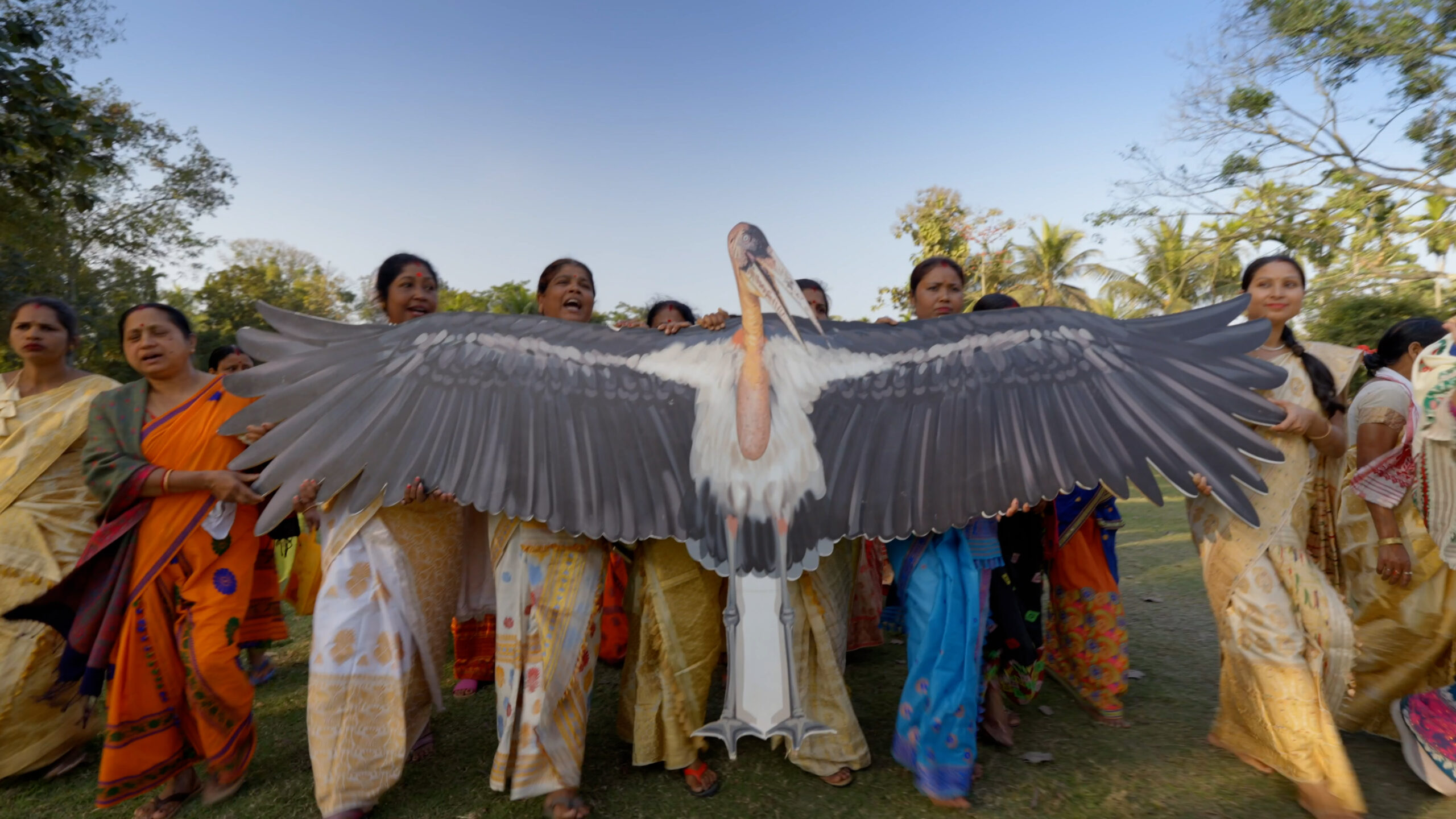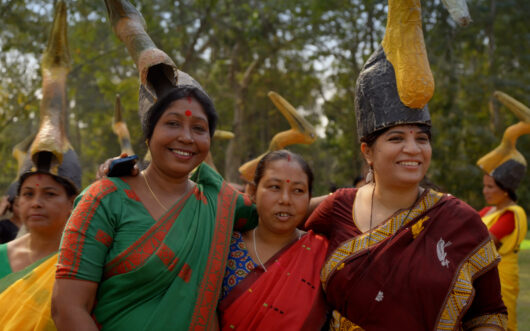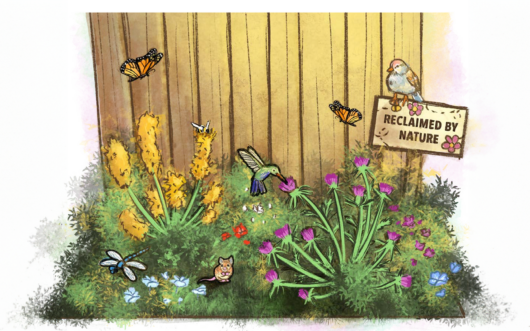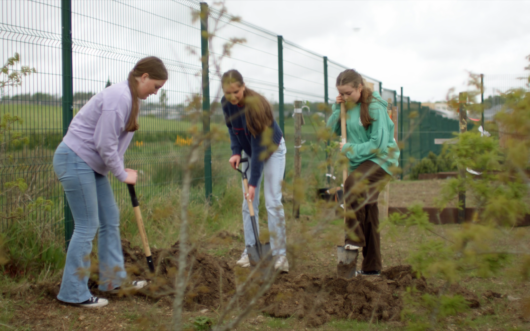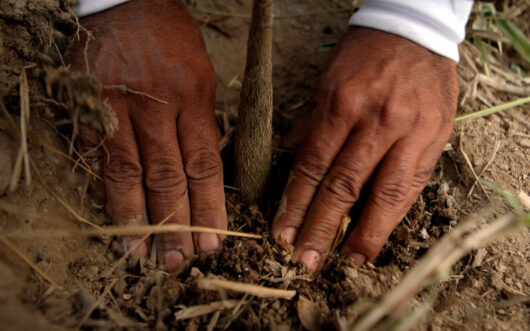Community conservation tips from Whitley Award-Winner Purnima Devi Barman, founder of the Hargila Army
Today, Dr. Purnima Devi Barman leads a movement of more than 10,000 rural women in Assam, India who advocate for greater adjutant storks — ungainly, five-foot-tall birds that scavenge at local garbage dumps. But it wasn’t long ago that locals reviled these storks, viewing them as ill omens. Barman has spent more than 15 years working with local communities to turn their scorn into celebration. The result is an ever-growing women-led campaign, dubbed the “Hargila Army” after the local term for the bird, that has already quadrupled the number of greater adjutant storks in Assam.
Wild Hope asked Barman if she had any advice for those inspired by her story to take action for an endangered species in their own communities. Below is a compilation of her tips to help jump-start a community-based conservation movement:
1. Build a Sense of Personal Responsibility
Want people to care about a local species? “Organize campaigns to show how the species brings pride to your village, people, and nation,” Barman says.
Once you’ve made the species feel like a reflection of the community, it’s easier to get people to feel personally responsible for its continued wellbeing, she says. “Building ownership is key, and this can happen through awareness and by connecting the species with culture and tradition.”
When advocating for the greater adjutant stork, for example, Barman made a major breakthrough when she began throwing baby showers for stork mothers. By throwing showers that mirrored the ones thrown for Assamese expectant mothers, she helped local women come to see the storks more like family members. That, in turn, encouraged women to feel more responsible for the wellbeing of stork mothers and chicks.
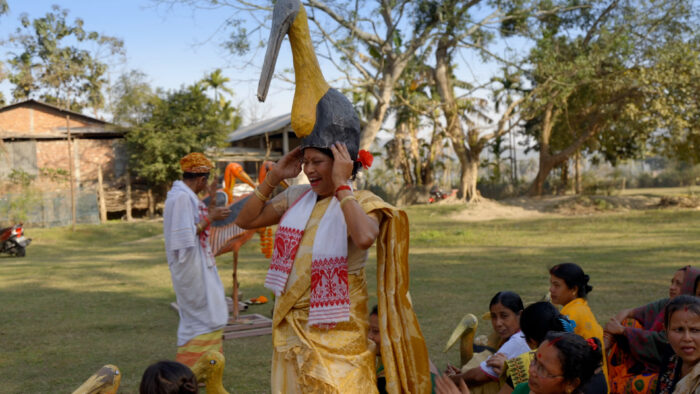
2. Empower Women and Use Local Networks
Women are the custodians of change, Barman says. So, form a group of women in the community, and, if possible, use your conservation efforts to lift them up as well. In the Hargila Army, women weave scarves and other textiles sporting the stork’s likeness. The textiles serve two functions — they raise awareness for the stork, and provide women with a source of income. As the story of the stork’s recovery from the brink of extinction gained global attention, so did the community of women that have long supported its conservation.
Pay attention to other pre-existing social networks in your community as well, she says. Local schools can be a great place to spread awareness. And support from local leaders like village heads can add credibility to your cause.
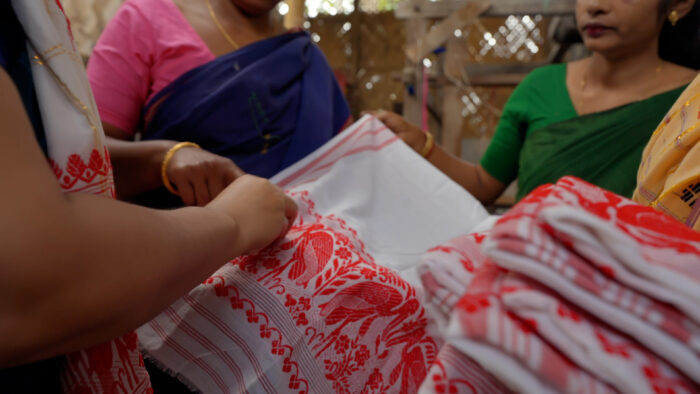
3. Be Consistent and Persistent
Persistence is key, says Barman. Don’t just organize one community event or reach out to your network once — keep at it month after month and year after year. Barman first began advocating for greater adjutant storks in Assam in 2007. At the time, people would cut down the stork’s nesting trees and throw rocks to keep them away. But now, more than 15 years later, the stork is celebrated in song and its image is sewn onto scarves. Rather than cutting trees down, landowners plant new nesting trees on their properties — thousands of saplings have been planted so far.
“Connect [the species] with local traditional attire, fashion, and motifs, and keep doing this consistently,” she says. “Make people realize the species’ existence and their connection to it, and the importance of the web of life.”
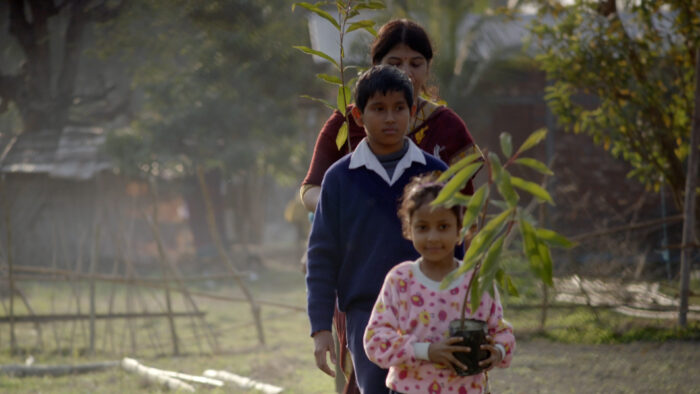
4. View Challenges as Opportunities
There will always be obstacles when trying to start a community-based conservation effort. Maybe people aren’t very aware of the species you’re trying to advocate for, or they think it’s ugly or a pest. But it’s important to embrace these hurdles as learning opportunities.
“Challenges will be there, but these challenges will be blessings and opportunities that shape you to be resilient,” Barman says. “Be unstoppable, and soar like Hargila.”
To learn more about the Hargila Army and the comeback of the greater adjutant stork, watch the Wild Hope episode “Stork Sisters.” Hungry for other inspiring tales of community conservation action? Check out “Salamander of the Gods” and “Rebuilding a Forest.”
